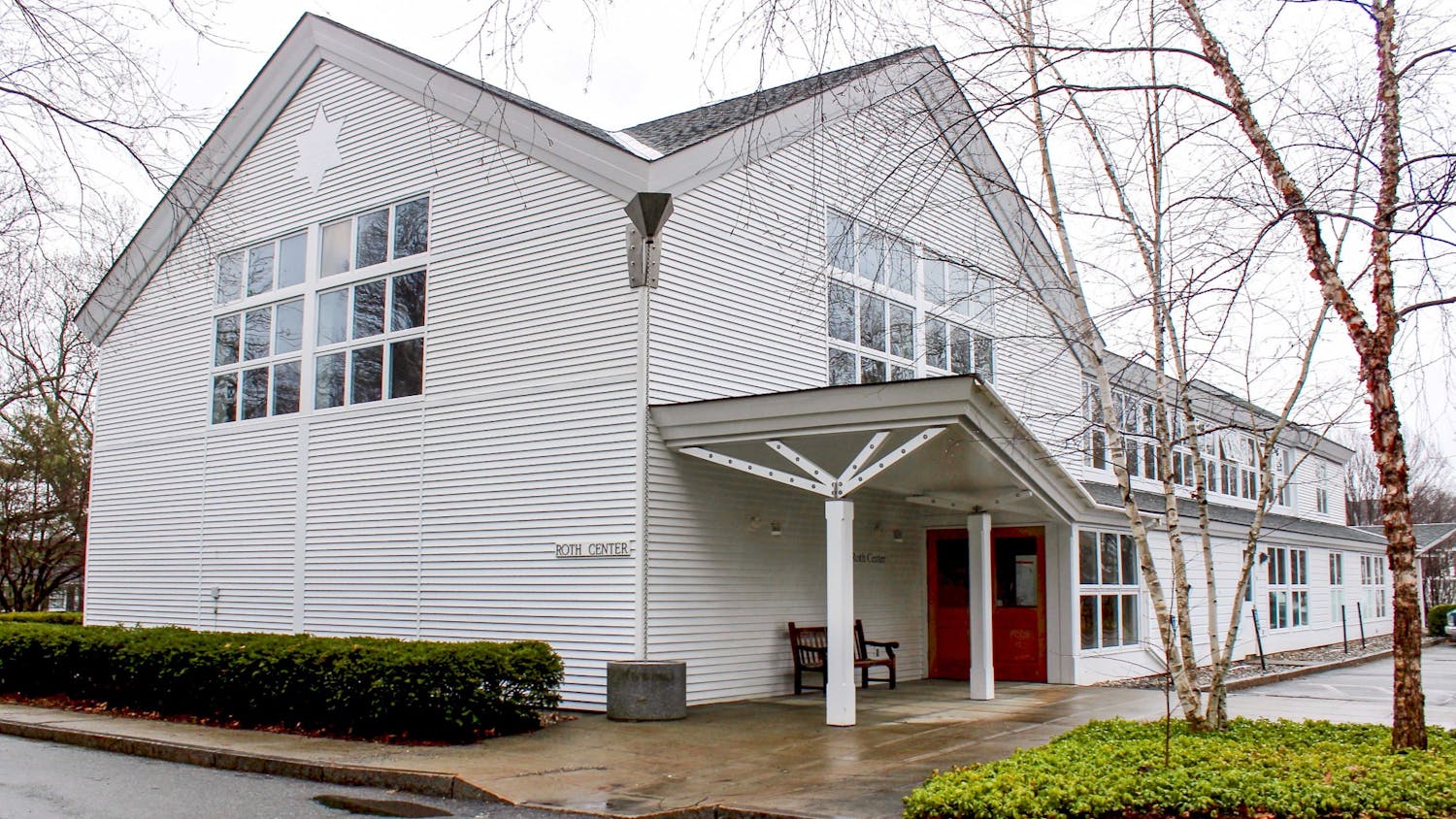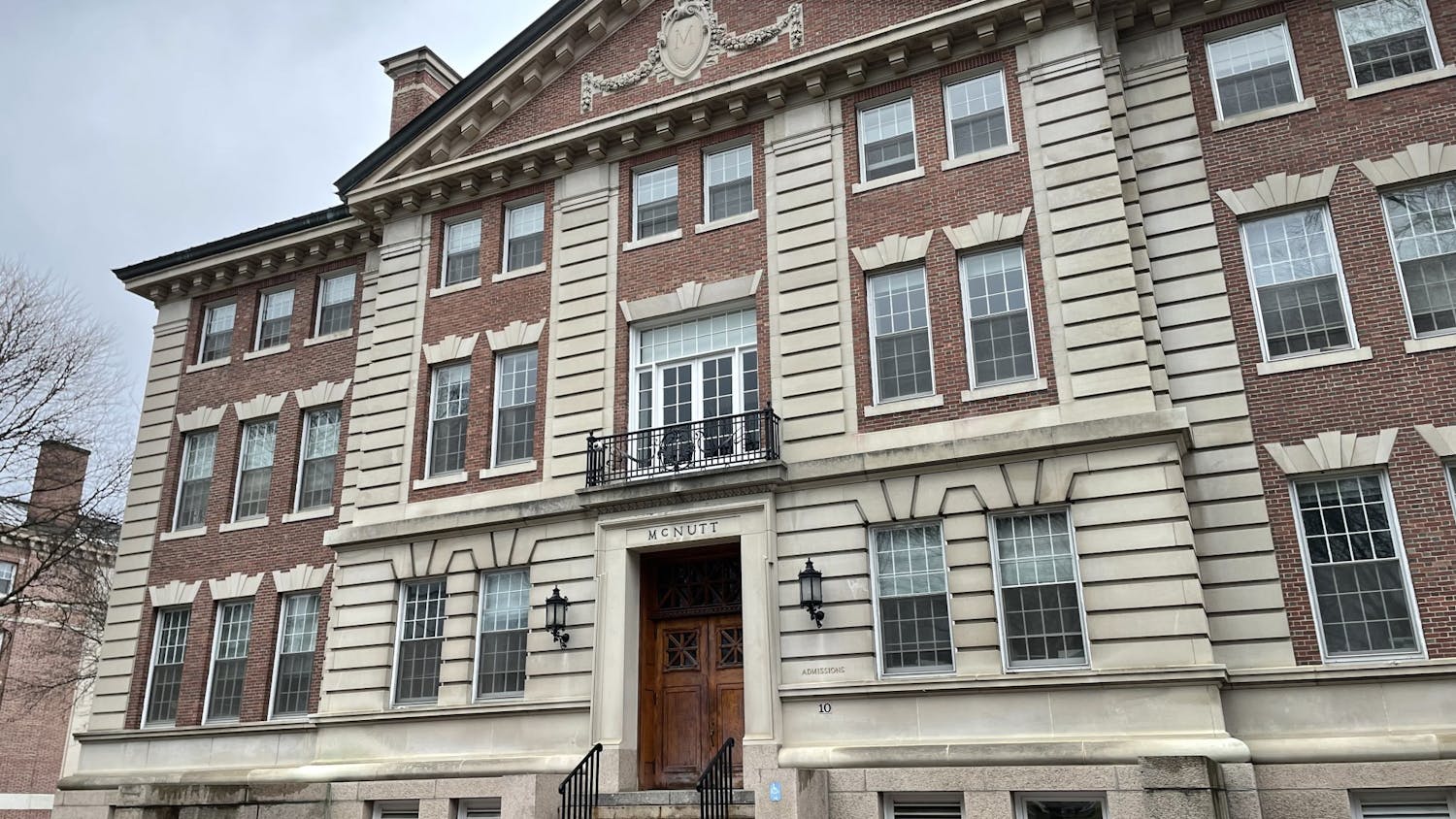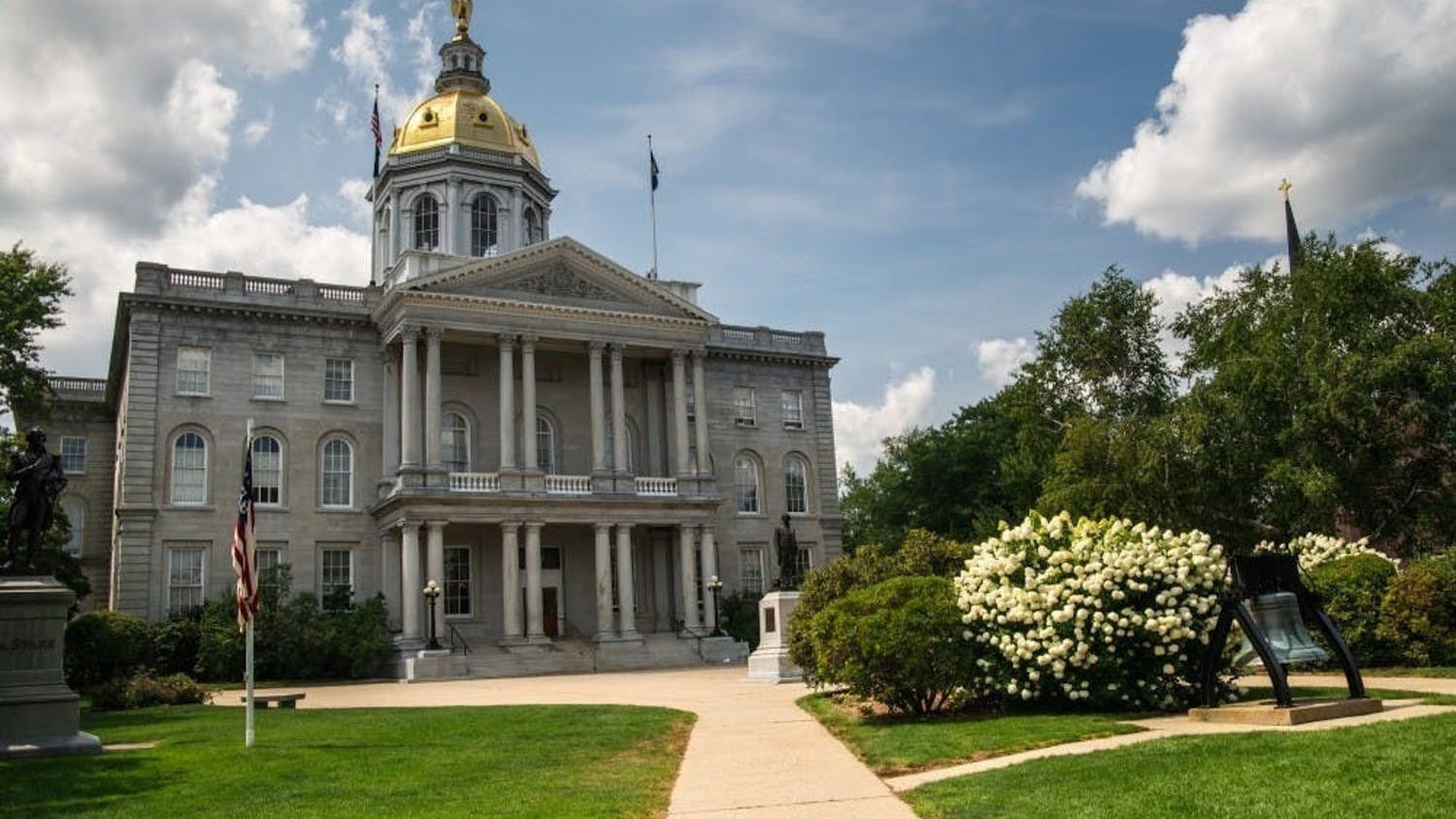If you build it, maybe someone will notice.
Students on their way to organic chemistry labs or earth sciences classes pass by it everyday.
Students on their way to Kresge Library often fail to notice the imposing structure that greets them as they walk in the door.
It is Foucault's pendulum.
The pendulum, standing 70 feet high, weighing over 260 pounds and rotating every 9.3 seconds, is the most noticeable exhibit in the Sherman Fairchild Tower.
The Tower, built in 1974, contains a vast array of displays, equipment and charts, most of which were used by Dartmouth faculty in the eighteenth and nineteenth centuries.
"This is a here and now, on the spot demonstration that the earth rotates," said Emeritus Physics Professor Allen King, curator of historical scientific apparatus of the arts and sciences at the College.
King said the pendulum swings back and forth in the same plane relative to the stars, and as time goes on the pendulum looks like the earth is rotating underneath it.
Director of Technical Operations for the physics and astronomy departments Thomas Kenyon said the pendulum should theoretically stop with air friction, but an electromagnet keeps it rotating.
"After a few hours, the pendulum would come to rest if we didn't do anything," Kenyon said. "An electromagnet way up at the top supplied the pendulum with just the bit of energy it needs."
King said when the College first built the Fairchild Center in 1974, it needed a constructive way of using the large empty space in the front of the building.
"What do you do with a space 70 feet up?" King said. "So we put a pendulum there."
A few days before the Fairchild Center was to be dedicated, the pendulum fell to the floor, King said.
"We thought it was the students who pulled the pendulum to the floor," King said. "I spoke to my class in the hopes that someone would confess."
After he announced the incident to the class, King once again examined the pendulum.
"On top of the pendulum was a little pair of footprints," King said. Apparently, a little child played with the swing, and caused the pendulum to fall to the floor, he said.
"Now we have a barrier between the pendulum and the public," King said. There have been no such public interferences since they put up the barrier, he said.
The pendulum was the first exhibit installed in the Fairchild Center, King said. The summer after the pendulum was installed, King said he taught a class on mechanics and students used the pendulum to make scientific observations. But now, he said, the pendulum is rarely used for classroom purposes.
But the pendulum is but one exhibit in the Fairchild Tower.
"One reason we started the exhibits in the Tower was to force young scientists to ask the question, 'Why?'" Kenyon said.
The Tower has four levels of exhibits on geology, physics, astronomy, earth sciences, and chemistry, he said.
"We have instruments that go back 200 years," King said. "The oldest signed and dates piece is a 1773 sundial."
One of the other highlights of the exhibits is the display on the first medical x-ray, which took place in Reed Hall in 1896.
"At the beginning of 1896, doctors at Dartmouth looked for a tube to produce an X-ray," King said. "The first medical X-ray in the country was made right here at Dartmouth in Reed Hall."



